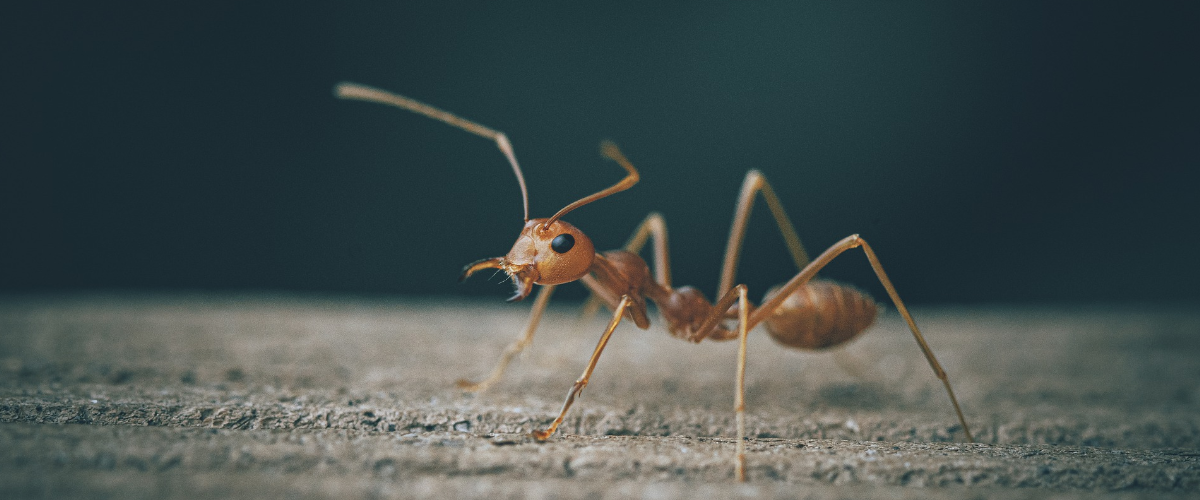Spring is here, more or less. And that means that all of those hibernating insects are starting to come out and look around for new places to live and thrive. And unless the right precautions are made, this can be your house. But we don’t have to concede to living alongside ants, gnats, and other bugs. There are things we can do, both inside and out, to reduce pests in the home.
Bug Proof Your Home From The Inside
First thing’s first: you need to get the inside of your home in order. Start by cutting off as many points of access from the outside in as possible. This includes putting screens with a 20 mesh or finer on all windows, door screens, and vent openings. Once those are secured, get door sweeps or thresholds for all exterior doors. They attach to the bottom of the door and create a flexible barrier between it and the ground. This will also help reduce any potential drafts.
Next, take a closer look at these doors and windows. Do you see cracks between it and the wall, or maybe along the wall? While seemingly harmless, they can still allow insects to get inside. Fill any small cracks with silicone caulk. If they are larger cracks, fill them with a filler material appropriate for the wall material (wood, plaster, cement, etc).
Since we’re filling things in, lets move on to the utilities next. We’re talking about water, power, sewage, AC, and even just dryer vent ports. Each utility will enter the home from somewhere. Check those entry points and make sure they are sealed as well.
And lastly, have some good habits. The main rule to keep is mind is to “Keep everywhere clean and dry.” Insects need food and water to survive. Food can be an easy thing to target. Leftover dinner scraps left uncleaned, a dirty sink, etc. But many insects are less interested in that. Water, however, is more or less universal. The best way to keep bugs out is to keep the house nice and dry. Inspect your pipes for any leaks and seal them, use ventilation when taking a shower as to not trap humidity.
Pest Management Outside The Home
Assuming your house itself has been tended to as best as you can, it’s time to move outside. While a basic chemical barrier is the most common option, there remain other things you can do to further reduce the insect issue on your property.
Let’s get to the chemical part first. Invest in an insect barrier spray. Look for a product described as something you spray once every 6 months or so, intended to create a “barrier” that insects can’t pass. Generally speaking, these work. Buy one and spray along the entire outer wall of your house. Give special attention to the rims of doors and window, as well.
With that done, the general rule outside is to keep things clean. Either dispose of your fallen leaves and grass clippings or collect them in a designated location away from the house. Make sure your trash is not near the house and that it’s kept contained and closed up. When throwing out the trash, make sure the bags used are tied shut.
If you want to go an extra mile, invest in either bird or bat houses. Birds are the natural predator to most insects, after all. Having birdhouses and birdfeeders can be a good way to reduce the bugs nearby. If not birds, try bats. Bats can eat over a thousand bugs a night. And since they’re nocturnal, they won’t bother you during the day. We wrote more about the idea of having Bat Houses previously,
If all else fails, there’s always bait. We personally recommend TERRO brand liquid ant bait. It’s the only ant bait we’ve used that actually worked beyond expectations, both indoors and out.

